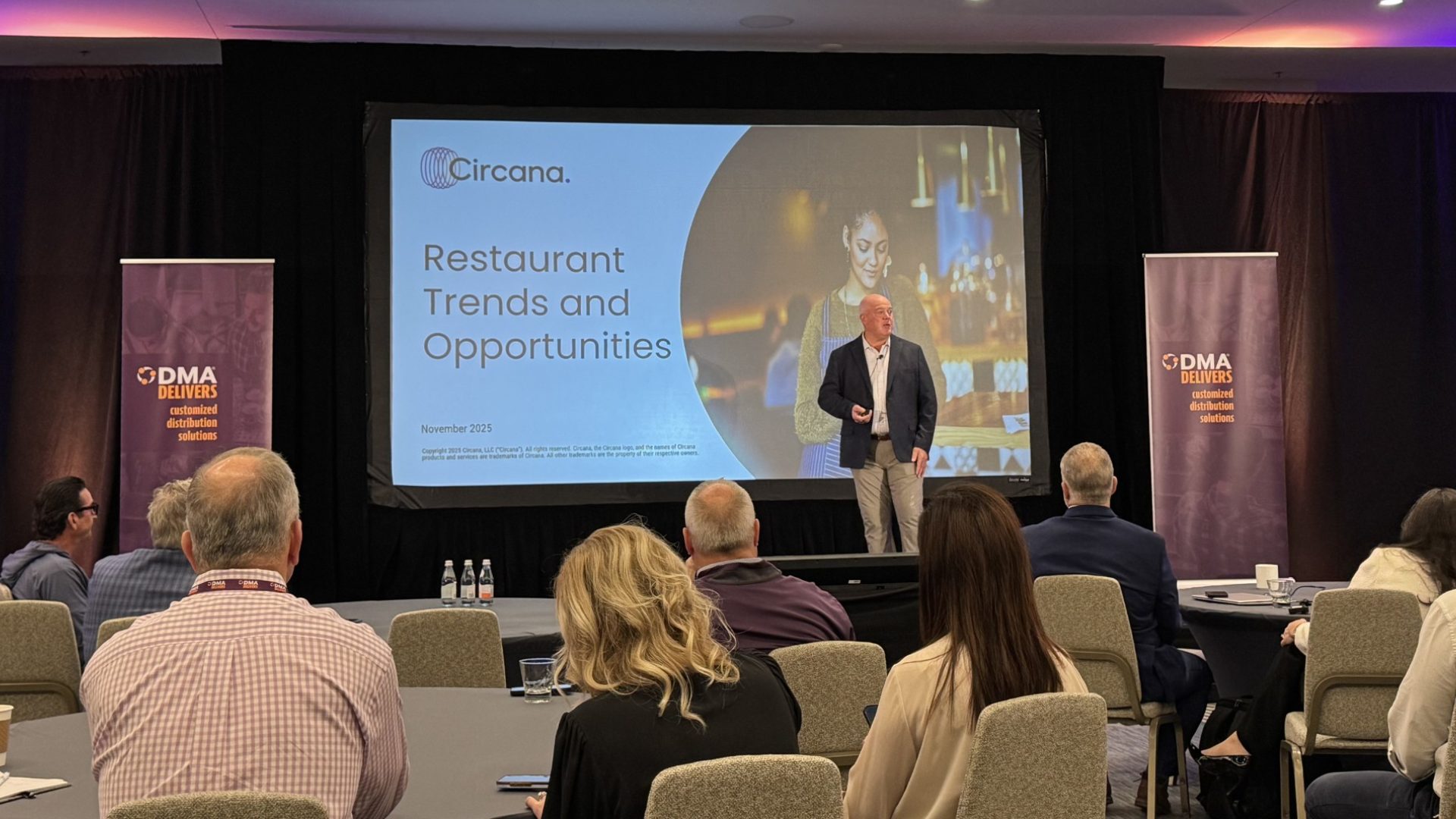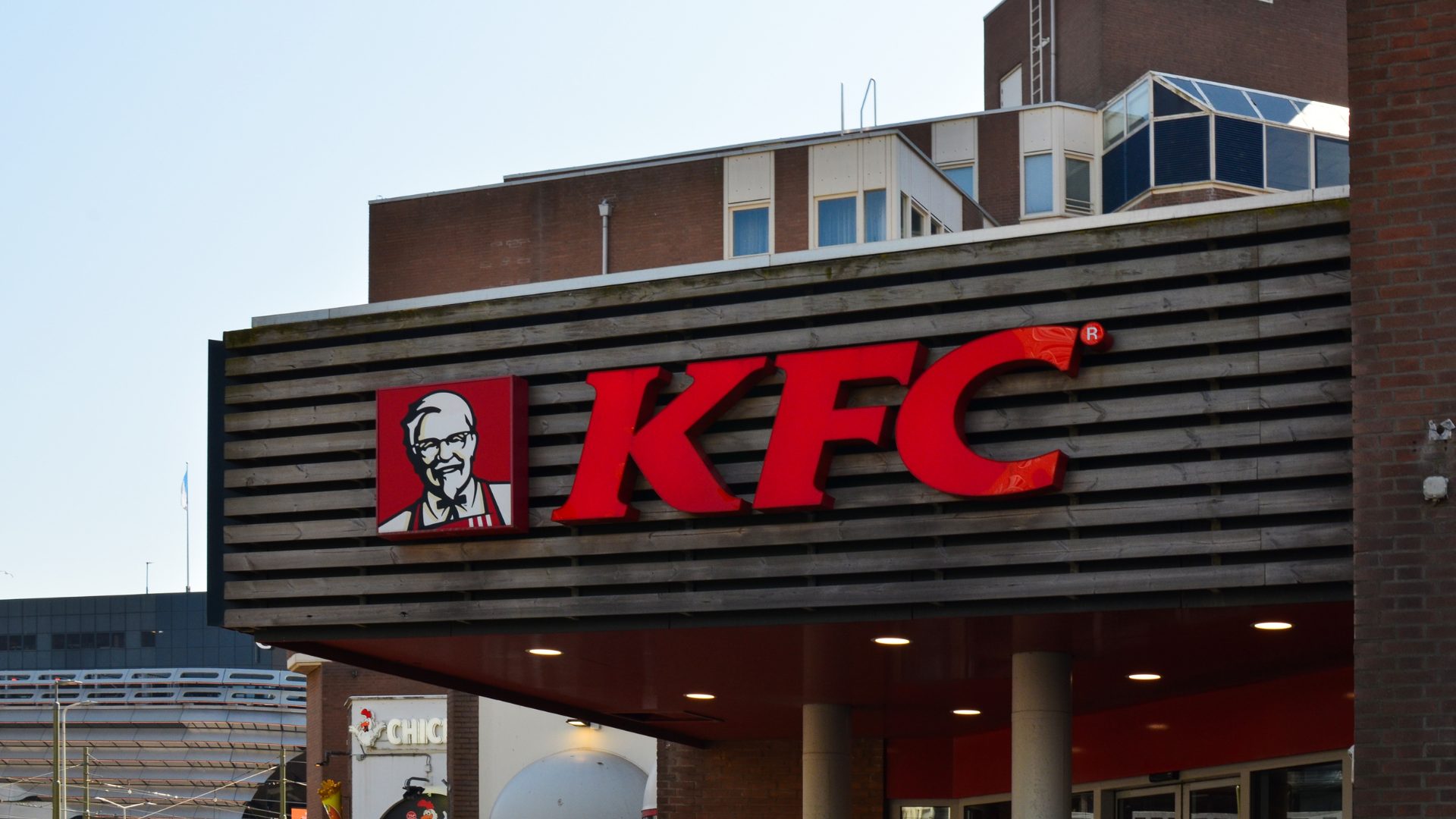Despite dining out less frequently than younger demographic cohorts, the generation of Baby Boomers still holds the largest portion of wealth and provides a reliable consumer base for foodservice’s bottom line.
The generation’s value proposition comes from Boomers’ reliability.
“Boomers are loyal,” said Catalyx CEO Guy White in a conversation with The Food Institute about Boomer purchasing habits. “Because they value consistency and familiarity in their food and beverage choices and are far less likely to swap based on price alone.”
Moreover, despite opting for familiar, nostalgic foods, there are myriad opportunities to provide Boomer diners with innovations that can entice them to shift their consumption behaviors.
Born in the wake of the World War II population boom, the aptly named demographic has a household net worth of $1,642,898 compared to only $221,209 for Millennials, as of 2022 data. And with more discretionary income, as many of their children are out of the house, they can devote a larger portion of their budget to food and beverage purchases.
Baby Boomers, however, are not the biggest diners. In fact, a recent report from The Hartman Group found that the generation is tied with Gen Z as among the least likely to make food-away-from-home purchases. Nevertheless, when dining out, they tip more than all other cohorts, an 18% average compared to the 16% benchmark for younger generations; plus, they tend to make reservations more often for select occasions.
Most importantly, as Boomer consumption behaviors tend to be less elastic, giving a diner of this age group a great dining experience can ensure they continue to frequent the location and engage with the foodservice in multiple ways, leading to potentially higher-spending occasions, such as an anniversary celebration or large group event.
“Baby Boomers lead in food and beverage spending due to their wealth, large population, and high per capita spending. While their preferences are certainly not trendsetting … they shouldn’t be completely ignored,” depending on the category, CPG Co-Op founding partner Wayne Luciano told FI.
How Restaurants Can Attract Baby Boomers
When dining out, Baby Boomers are emphatically less interested in eatery attributes such as the Michelin star system, opting for familiar or accessible establishments, according to TouchBistro. They’re willing to branch out and explore restaurants that offer value alongside an enticing culinary experience.
To attract a Baby Boomer diner, industry stakeholders suggest creating or marketing dishes that appeal to function, such as health-conscious attributes that fit into their special diet lifestyle, and/or offerings that evoke nostalgia.
Although perceptions of the generation would suggest they’re reluctant to try new dishes, data suggests otherwise. A recent Eater report found 44% of Boomers are willing to try something new when eating out, compared to the 39% average across generations.
When they do dine out, the generation also craves globally inspired food, a macrotrend consistent across all generations, yet they look for a different set of characteristics than younger cohorts. Where many Millennials and Gen Z tend to prefer fusion or “mashup” foods, 75% of Boomers prefer traditional preparations, according to a recent report from Datassential titled Authenticity: The Consumer Perspective.
Additionally, 75% of Gen X and Boomers are more likely to trust a restaurant or dish if restaurants describe it as “authentic,” while many Gen Z claim that label turns them off.
To learn more about demographic trends influencing Gen Alpha to Baby Boomers, become an FI Member, and access our monthly report on the topic.
The Food Institute Podcast
This Episode is Sponsored By: Tibersoft
Data is becoming more and more important to the food-away-from home sector, but the quality of both the data and the people who handle it remain key to success. Tibersoft’s Suzanne Cwik joined The Food Institute Podcast to discuss how speed, precision, and efficiency should be the cornerstones of a data management plan.













